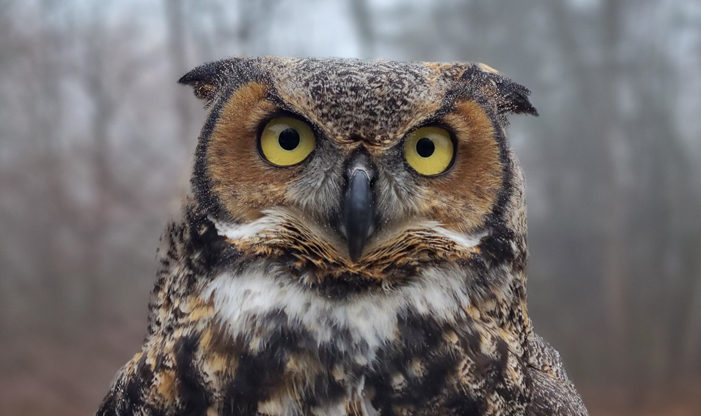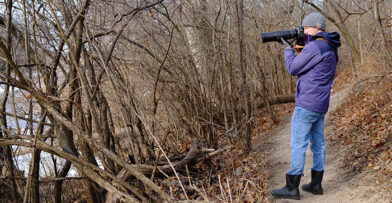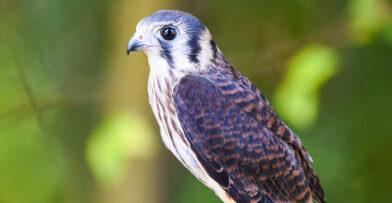The STEAM framework in education refers to teaching and learning concepts based on Science, Technology, Engineering, Art, and Math. Art was added to the traditional STEM studies to encourage creativity and curiosity in science-based fields.
Our Raptor Program has developed three STEAM raptor classes to assist students of all ages in engaging with these exciting fields of study: Adaptations, Bird Biology, and Conservation Biology. These offerings take a hands-on approach to group learning and collaborative problem solving. They support teachers’ already established classroom curriculums and include close encounters with raptors!
Adaptations Class
In our Adaptations class, students in elementary to high school attempt to solve a problem regarding animal adaptations. At younger ages, they might be asked what a dog would need to survive in the ocean. Students then use their group problem-solving skills and creativity to draw pictures of the adaptations a dog would need to survive in this scenario.
For middle and high school students, we explore how different shaped beaks determine what food a bird eats. In small groups, students pick a “beak” type represented by similarly shaped objects: chopsticks, clothespin, tweezer, or spoon. They determine the type and amount of food their “beak” was able to successfully pick up. As a class students will discuss and calculate the average success rate of the different beaks.
Another topic explored in our Adaptations program is camouflage, which is showcased by Zari, our Great Horned Owl. Students meet two raptor ambassadors at the end of the program, allowing them to observe the remarkable physical and structural adaptations of these live animals firsthand.
Conservation Biology Class
Another popular offering is our STEAM Conservation Biology class, where students are introduced to environmental issues and ecological challenges that our wild raptors face. The topics discussed cover the importance of biodiversity and healthy ecosystems, and the detrimental effects of disturbing this balance.
Elementary students study the relationships of predator and prey populations over time using tablets that our staff provides. They discover that if one population is affected by an environmental threat, like pesticides, it greatly affects the other. Students in this class meet our peregrine falcon up close, while we share with them the success of conservation programs that brought the species back from the brink of extinction in the Midwest.
High school students dig deeper into conservation biology, learning about the roles of bird banding research stations and how bird surveys are completed. These concepts introduce them to the important work that field biologists provide to conservation. Using tablets provided by our teams, students work in groups to run “point counts,” or identifying different birds in an auditory or visual simulation. Based off their data, they are guided on how to estimate a population size in each area.
Education is at the Core of Our Mission
With education at the core of our mission at Schlitz Audubon, the Raptor Program is excited to offer STEAM raptor programs. With the assistance of our raptor ambassadors and guidance from our raptor educators, we hope these programs facilitate interdisciplinary learning and problem solving for all ages!
If you’d like us to bring birds into your classrooms through one of our STEAM programs, visit the School Programs page on website or reach out to our registrar at registration@schlitzaudubon.org.


